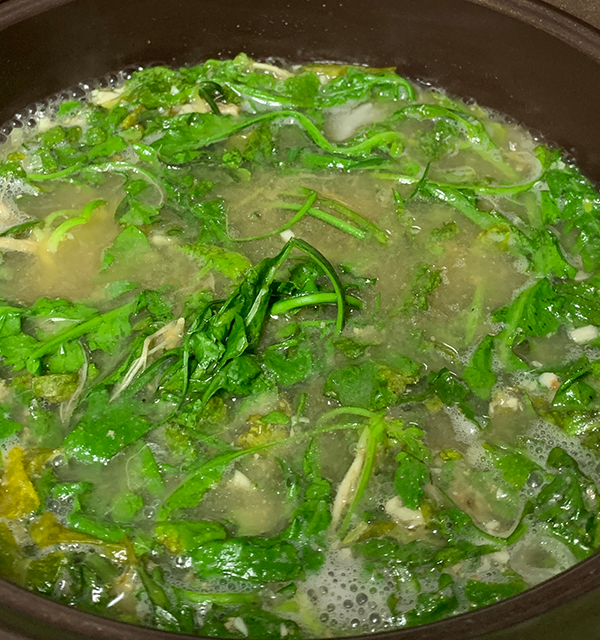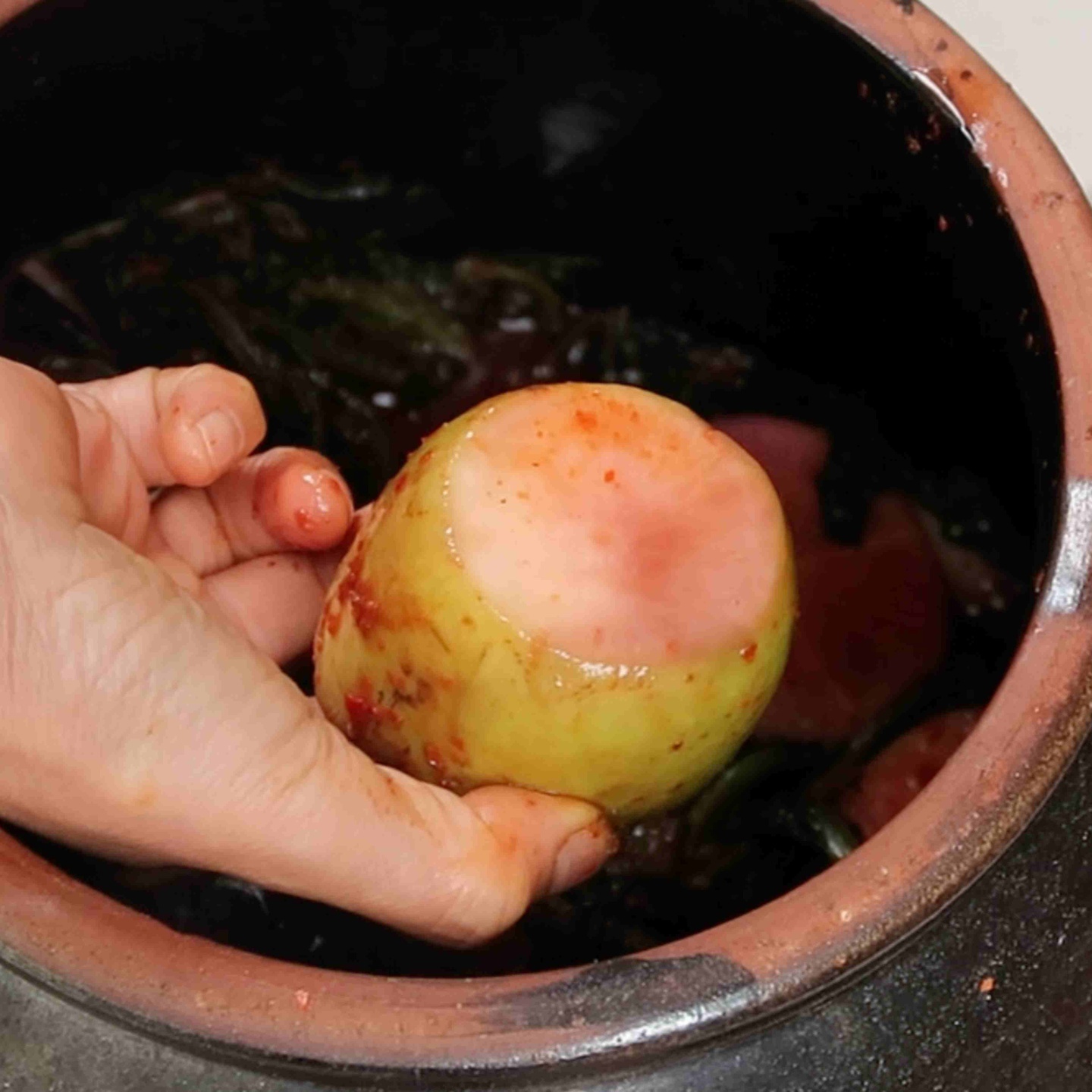So, unfortunately, I cannot teach you every kind of Korean soup. But I wanted to touch upon some basics regarding when and how you add ingredients to Korean soup that basically applies to all Korean soups.
Tip #1
The first tip is about adding proteins to soups. Before adding your proteins to your soup, make sure that the proteins are fully defrosted. If you do not defrost your proteins and just add them frozen or partially frozen directly to your soup, it will taste off, have a strong smell, and will be dry in texture.
Tip #2
Timing is really important when making soups. Ingredients that take a long time to cook and break down should be added to the soup first. More delicate ingredients that cook quickly should be added at the end.
For example, tough cuts of meat need to be simmered for a longer amount of time so that they are tender. So, if you have a pork neck bone simmering in the water, you would not add ingredients like onion or potato until that pork neck is more tender. If you were to add those types of ingredients too early in the cooking process, those vegetables would have no texture, dissolve, or become very mushy.
Timing of Adding Ingredients:
- Tough meat cuts should be simmered until tender or to the texture you need based on the recipe.
- Root veggies like carrots or potatoes only take 10-15 minutes to cook depending on their thickness so you need to time when the meat will be perfect and add the vegetables so that everything is done cooking at the same time.
- Delicate vegetables like green onion, sliced pepper, or perilla leaves would be added right before the dish is served because they can cook/break down enough with just the residual heat from the soup simmering.
The order in which you add ingredients can vary based on the recipe but this basic idea applies to a lot of Korean soup dishes.
Tip #3
When you cut ingredients for soup, you want to cut whatever you are cutting into the same shape and size. If you add a bunch of random sizes of cubed potato, they will all cook at different times, and so some will be overcooked, some raw, and some perfect.
So, practice your knife skills and make sure you make uniform cuts of whatever your prepping.
Tip #4
My final tip is to cut ingredients into the thickness you need based on how long you plan to cook a soup. If you are making a soup that will simmer shortly, then you may want to cut an ingredient like radish into thinner strips so that they are fully cooked by the time the soup is completed.


